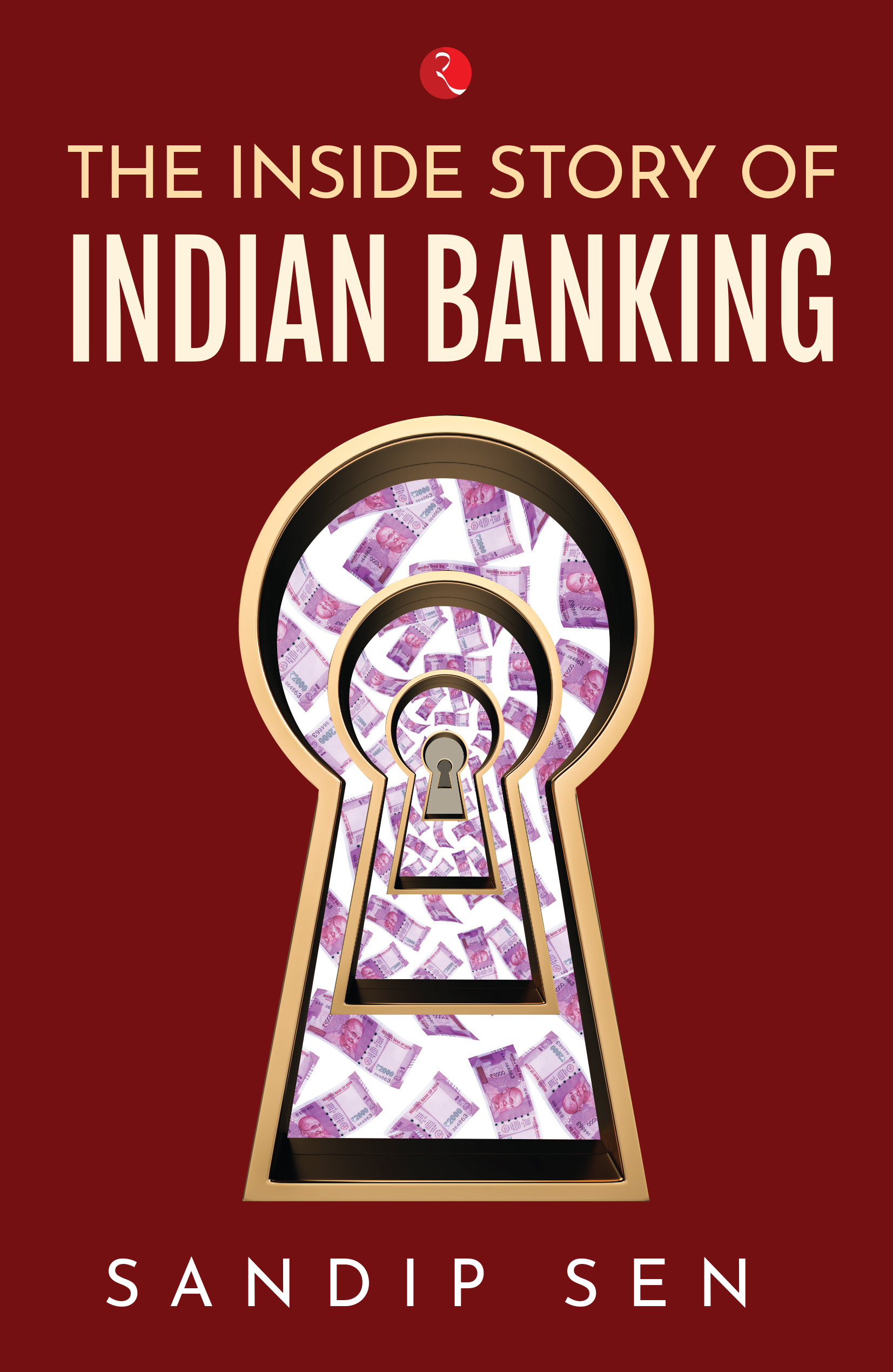LVB-DBS Bank Merger: RBI’s Last Ditch Effort Saves Jobs & Depositors

In the last quarter of 2015 when RBI initiated the asset quality review AQR of banks, Lakshmi Vilas Bank was a small but healthy bank, with gross NPR of less than 2% and rising revenues and profits. As the banking laws were being tightened, the ninety-year-old bank entered into several bad deals and started losing money. Surprisingly this happened with many banks of India. Bank frauds doubled each year after 2015 to reach a humungous Rs 1.82 lakh crore in 2019-20 that was nearly 1.2% of the GDP and more than twice the amount capitalized by the Government. Why?
The story in Hindi – video https://youtu.be/-r0yoJ4XrIo
Among the controversial loans was an advance of Rs 720 crore in the year 2016 to Religare Finvest of Malvinder Singh and Shivinder Singh against an FD of Rs 750 crores. This later turned into a court battle with both parties accusing one another of fraud. LVB was by now facing a cash crunch and started looking for investors that included both Indian and foreign companies.
Had RBI then under Governor Urjit Patel permitted DBS Bank to buy 50% of the stake of Lakshmi Vilas bank two years ago at the price of Rs 100 per share in 2018, the shareholders would not have lost out. LVB was instead allowed to drift and in September 2019 was placed under prompt corrective action PCA by RBI along with half a dozen other banks. But neither did any correction take place nor any worthwhile buyer found.
This dithering by the regulator for over a year lead to more depositors fleeing and share value crashing to below par. Serious infighting amongst shareholders led to the ouster of the group led by K.R. Pradeep and B.K. Manjunath, board members accused of mismanagement and fraud. That prompted RBI to act decisively and finally on the 19th of November it approved the merger of DBS Bank with LVB saving 20 lakh depositors and 4000 jobs. The Singapore based bank will reportedly infuse Rs 2500 crore to revive the Karur based LVB that has 563 branches and 970 ATMs in South India. It will give the bank with a 2300 branch network in South East Asia a footprint outside its traditional influence zone. This would be a key diversification for the group with an Indian origin CEO Piyush Gupta, and an asset base exceeding SGD 550 billion and income exceeding SGD 13 billion. The Union Cabinet cleared the deal promptly and Lakshmi Vilas Bank is now expected to restart operations before the end of this month.
The story of dismal banking supervision in India has pushed many banks to the brink and needs real-time corrective action. Now that the banking laws are in place the regulator needs to act fast and revive and restructure the sinking banks. Extract from my book published by Rupa in October 2020.
The Inside Story of Indian Banking
Page 154-155, Chapter 9, RBI, and the Regulatory Mechanism.
*
The RBI curbs on PMC Bank were followed with inept handling of the depositors’ withdrawal rights by the RBI, which led to six deaths in the first month after the discovery of the scam. The PMC Bank was one of the largest amongst a dozen cooperative banks directly under regulatory supervision by the RBI. Most cooperative banks that operate within a single state are under the supervision of state regulators. The PMC Bank had a presence in seven states, though it was overly reliant on a single client, HDIL, which accounted for over &0 percent of its loans.
State regulatory procedures are even laxer than RBI audit procedures, as a result of which thousands of scams could be lying deep within and totally undiscovered. The government knows this, in all probability, but it is intentionally not opening this Pandora’s Box as it would disrupt the existing credit lines. Instead, it is taking a piecemeal approach and handling only those patients who are entering the ICU.
In certain cases like the Bank of Rajasthan (now part of ICICI Bank) or the State Bank of Benaras (now part of Bank of Baroda), they have been merged under section 35 (A) after curbs were placed on them. But these were bigger banks. Before the PMC Bank scam unraveled, several other small cooperative banks had collapsed. In 2001, Ahmedabad-based Madhavpura Mercantile Cooperative Bank went bust, landing over 200 UCBs in trouble, many of which had to be subsequently liquidated. Because the patient list is huge, a piecemeal approach could be a problem, and disruptions like Madavpura, PMC, or CKP could be taking place off and on. So, the government is nudging voluntary consolidation of UCBs like the commercial bank consolidation that took place in the 1950s and the 1960s (chapter 1). But the need is for a forced consolidation.
*

